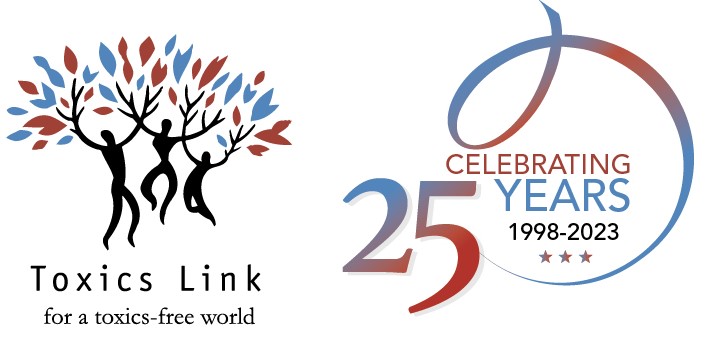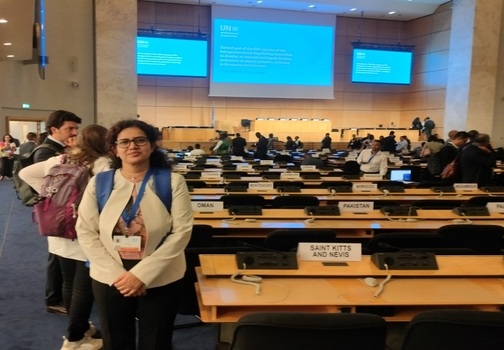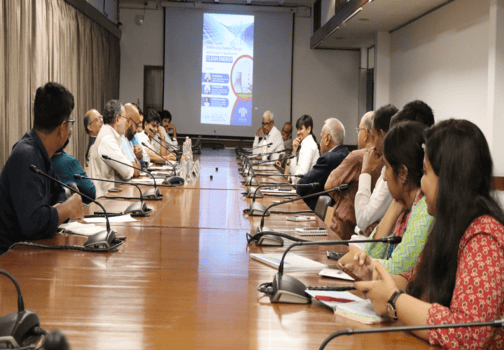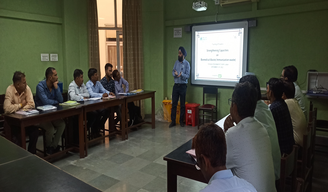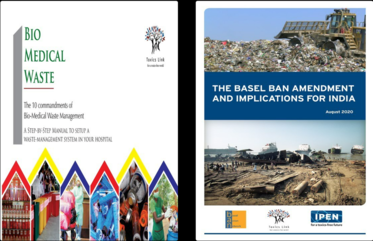ARSENIC CONTAMINATION
GOVERNMENT OF INDIA
MINISTRY OF JAL SHAKTI
DEPARTMENT OF WATER RESOURCES, RIVER DEVELOPMENT & GANGA REJUVENATION
RAJYA SABHA
STARRED QUESTION NO. *136
ANSWERED ON 09.12.2024
ARSENIC CONTAMINATION
*136 SHRI S NIRANJAN REDDY
Will the Minister of JAL SHAKTI be pleased to state:
(a) whether it is a fact that there is increase in arsenic contamination in the country particularly in the rural areas;
(b) the extent of arsenic contamination in groundwater across the country, State/UT-wise details thereof and the steps being taken to address it;
(c) the plans of Government and strategies for the prevention, reduction, and treatment of arsenic contamination in drinking water in the States most affected by this issue; and
(d) whether any advanced arsenic removal technologies have been developed or introduced in the country,
and if so, the manner in which they are accessible to communities affected by arsenic contamination in
groundwater?
THE MINISTER OF JAL SHAKTI (SHRI C R PAATIL)
(a) to (d) : A statement is laid on the Table of the House.
STATEMENT REFERRED TO IN REPLY TO PARTS (a) TO (d) OF STARRED QUESTION NO.
*136 TO BE ANSWERED ON 09.12.2024 IN RAJYA SABHA REGARDING “ARSENIC CONTAMINATION”
(a) There is no conclusive evidence regarding increase in Arsenic contamination in the country, particularly in rural areas. However, there could be increased cases of reporting of Arsenic contamination due to increased sample testing.
(b) & (c) As per the available information, Arsenic beyond the permissible limit has been reported in isolated pockets of 230 districts of 25 States. The list of partially affected States/UTs is given in Annexure.
Water being a state subject, addressing ground water contamination, including that caused by Arsenic,
and provision of safe drinking water to the citizens is primarily the responsibility of the state governments.
However, the central government has taken several initiatives in this direction, among which some of the important ones are mentioned below:
i. CGWB has taken up National Aquifer Mapping & Management Programme (NAQUIM) under which special attention is being given to the aspect of ground water quality including contamination by toxic substances such as Arsenic in ground water. Further, under NAQUIM, CGWB has successfully constructed Arsenic-free wells in arsenic affected areas using the cement sealing technology for tapping contamination free aquifers. Thus far, 525 exploratory wells tapping arsenic safe aquifers have been constructed, including 40 wells in Bihar, 191 in West Bengal, and 294 in Uttar Pradesh.
ii. Government of India in partnership with States, is implementing Jal Jeevan Mission (JJM) – Har Ghar Jal, since August 2019, to make provision of potable tap water supply in adequate quantity, of prescribed quality and on regular & long-term basis to every rural household in the country.
• Under JJM, Bureau of Indian Standards’ BIS:10500 standards have been adopted as prescribed norm for quality of tap water service delivery.
• JJM guidelines stipulate that while allocating the funds to States/ UTs, 10% weightage should be given to the population residing in habitations affected by chemical contaminants.
• States/ UTs have been advised to plan and implement piped water supply schemes of bulk \water transfer based, preferably, on surface water sources or alternative safe ground water sources for the villages with water quality issues including Arsenic.
• JJM prescribes that while planning for potable water supply to household through tap water connection, priority should be given to quality-affected habitations. States/ UTs have been advised, as an interim measure, to install community water purification plants (CWPPs) especially in Arsenic and Fluoride affected habitations to provide potable water to every
household at the rate of 8–10 litre per capita per day (lpcd) to meet their drinking and cooking requirements.
• The “Drinking Water Quality Monitoring & Surveillance Framework” has been devised and disseminated to states in October 2021 with an objective to facilitate water quality testing,\ \monitoring and surveillance activities effectively.
iii. Several research studies regarding mitigation of Arsenic and other contaminants, notably the ones being conducted in collaboration with Geological Survey of India (GSI), are funded by this Ministry and their results/reports are disseminated for public awareness and action by implementing agencies.
(d) Several key technology initiatives have been taken by this Ministry for combating ground water
\contamination in the country, including that caused by Arsenic. Efforts have also been made to make the
initiatives more and more community centric so as to enhance their effectiveness. Some of the important steps are mentioned below:
i. Under JJM, a vast network of more than 2000 water quality testing laboratories have been set up in the country. Besides this, five persons, preferably women, are identified and trained from every village for testing the water samples through Field Test Kits (FTKs).
ii. To enable States/ UTs to test water samples for water quality, and for sample collection, reporting, monitoring and surveillance of drinking water sources, an online JJM – Water Quality Management Information System (WQMIS) portal has been developed.
iii. National Centre for Drinking Water, Sanitation and Quality (NCDWSQ) has also been set up at Kolkata, West Bengal with the aim, inter alia, to work in the area of identification, mitigation and management of drinking water quality related problems in India, with a focus, among other contaminants, on arsenic and fluoride to cater to both rural and urban water supply.
iv. The in-house technique developed by CGWB for constructing Arsenic free wells in the affected areas by tapping deeper aquifers is shared with state agencies to aid them in the construction of such arsenic-free wells on their own, enhancing arsenic mitigation efforts in vulnerable areas.
v. Awareness generation on various aspects of ground water including preventing ground water pollution and safe use of contaminated water are being conducted by CGWB periodically by way of holding Public Interaction Programmes (PIPs) at grassroots level.
vi. CGWB conducts ground water quality monitoring for several contaminants including Arsenic on a regular basis throughout the country and also generates ground water quality data on a regional scale during various scientific studies. Data on ground water quality so generated is made available in public domain through reports as well as through the web site (http://www.cgwb.gov.in) for use by various stakeholders. The data is also shared with concerned State Governments for taking necessary remedial measures.
ANNEXURE
ANNEXURE REFERRED TO IN REPLY TO PART (b) & (c) OF RAJYA SABHA STARRED QUESTION NO. *136 TO BE ANSWERED ON 09.12.2024 REGARDING
“ARSENIC CONTAMINATION”
States Wise Number of Partly Affected Districts (cumulative) with Arsenic in Ground Water of India
as of 2023
|
S.No. |
State/ UT |
No. of partly affected Districts where Arsenic above 0.01 mg/l detected |
|
|
|
|
|
|
|
|
|
1 |
Andhra Pradesh |
7 |
|
2 |
Telangana |
1 |
|
3 |
Assam |
21 |
|
4 |
Bihar |
27 |
|
5 |
Chhattisgarh |
4 |
|
6 |
Delhi |
5 |
|
7 |
Gujarat |
12 |
|
8 |
Haryana |
18 |
|
910 |
Himachal Pradesh |
1 |
|
|
Jammu & Kashmir |
3 |
|
11 |
Jharkhand |
4 |
|
12 |
Karnataka |
3 |
|
13 |
Kerala |
1 |
|
14 |
Madhya Pradesh |
9 |
|
15 |
Manipur |
2 |
|
16 |
Odisha |
5 |
|
17 |
Punjab |
17 |
|
18 |
Rajasthan |
10 |
|
19 |
Tamil Nadu |
14 |
|
20 |
Tripura |
3 |
|
21 |
Uttar Pradesh |
45 |
|
22 |
Uttarakhand |
5 |
|
23 |
West Bengal |
11 |
|
24 |
Daman & Diu |
1 |
|
25 P |
Puducherry |
1 |
|
Total |
|
Isolated pockets of 230 districts in 25 states& UTs |
